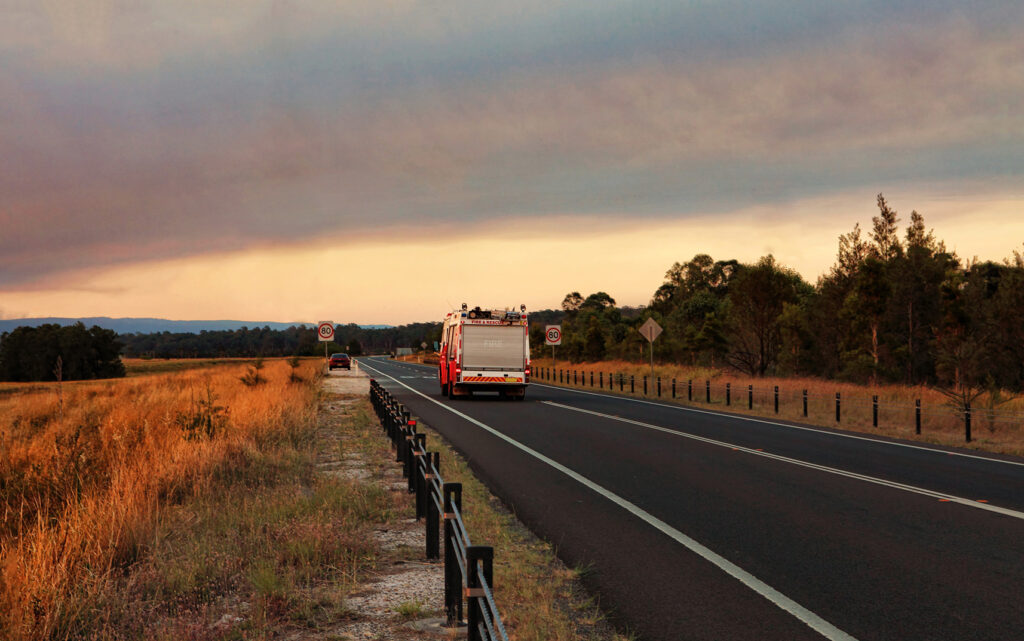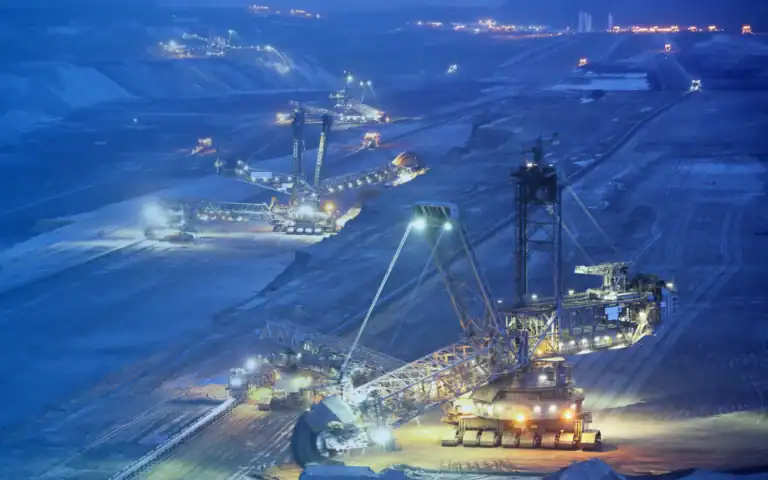The 2019–20 Australian bushfire season, known as the ‘Black Summer’ for its duration and ferocity, was one of the worst natural disasters this country has ever seen.
Subsequently, the record-breaking rainfall and flooding that followed impacted many regions of Australia with terrible consequences for communities, families, and public safety agencies alike. Underpinning our response to disasters like these is the vital role played by our public safety and broadcast networks in keeping communication lines open when they’re needed most.
As extreme weather events become more frequent, Australia’s critical communications networks will face increased challenges. Together with our partners, we at BAI Communications are doing everything we pre-emptively can to prepare these important networks for such disasters.
Engineered for resilience
Critical communications networks ensure firefighters, police, the State Emergency Service and paramedics can communicate and coordinate with each other during an emergency, as public mobile networks are often under strain when people try to contact family and friends. In many natural disasters, these critical networks are vulnerable to conditions that can damage equipment, taking critical radio services offline.
Fortunately, Australia’s critical communications networks have been proactively designed to withstand those conditions. For example, microwave backhaul links connecting sites are usually built in a ring topology: a group of eight to 12 sites, connected by multiple paths going to and from each site to others in the ring. If a path going in one direction goes down, the connection can be rerouted in another direction. Ground maintenance crews can also act to minimise or prevent damage, for example by using fire retardant around a site to stop embers from igniting.
Even still, these networks often come under significant threat when up against the forces of nature. Bushfires can destroy equipment or even consume entire sites; floods can wash out roads, preventing crews from reaching sites that need maintenance or windstorms can knock out power. The network sites are prepared for risks like these as well. If a main power source fails, batteries and generators take over to keep the site online. How much backup power each site has is based on specific risk assessments. For example, remote sites prone to losing access due to flooding will have a more substantial supply to ensure alternative power for days – if needed.
BAI’s response to the Black Summer bushfires included deploying portable generators to maintain power, satellite link equipment to supplement fixed backhaul and additional network equipment to increase capacity for emergency service use. One broadcast site near the New South Wales border lost mains power and was sustained for 27 hours by on-site batteries at the fire’s peak. Once the site was safe to access, our team installed a portable generator that kept the site online and available to broadcast critical information to residents.
Mobile radio assets (or ‘cells on wheels’) can also be deployed to supplement sites if equipment fails. These are complete assets with antennas mounted on trailers that can be hauled and activated within an hour of arrival wherever they are needed to maintain or enhance communications in an area.
A further critical mode of communication to the public is AM and FM radio. When all else fails, e.g. cellular and fixed communications, the public can get updates on safety and even evacuation warnings via the radio. BAI provides the majority of radio service transmission across Australia, and this is one of our most reliable sources of communication.
Collaboration makes the difference
Resilient design is just one line of defence against natural disasters. Equally important are the collaborations that happen to keep critical networks online.
During disasters that threaten Australia’s communications infrastructure, BAI work with emergency services agencies and telecommunications authorities to coordinate the activities necessary to operate, maintain and restore the network. In New South Wales for example, the lead combat agency (which can vary depending on the nature of the emergency) defines and passes down communication requirements to the telecommunication companies and utilities that working closely with the NSW Telco Emergency Management Unit (TEMU), which relays any on-the-ground needs to infrastructure providers like BAI.
That communication goes both ways. We receive orders, but also provide information to help the TEMU and the lead combat agency to make the best decisions. This includes hourly updates on the state of the network, where potential issues might be, and when sites are near capacity so emergency service agencies can prioritise radio traffic usage.
Much of this collaboration happens through our network operations centres (NOCs), which provide 24/7 monitoring and alert us immediately when an aspect of the network needs attention. This gives our team instant visibility into current and potential issues.
Our NOCs also integrate different data sources to further support strategic decision-making. Data from Australia’s Bureau of Meteorology can offer an early warning before extreme weather arrives and help predict how weather might worsen or improve conditions during a disaster. Fire path data from fire service command-and-control systems can help identify vulnerable sites where preventative measures will be needed, such as fire retardant or the deployment of alternative power, and there are also external contractors we can call on for support when needed. They are local people with local knowledge, our eyes and ears on the ground: electricians and other tradespeople who can be sent in to maintain or repair a site much faster than having a BAI employee travel there. We have arrangements with hundreds of them in communities across Australia.
Looking back at the Black Summer — and beyond
The Black Summer was Australia’s worst bushfire season on record. Yet our public safety networks remained highly available. That is thanks to the resilient network architecture and the combined efforts of Australia’s emergency services agencies, telco authorities and other strategic partners, including BAI — a response recognised by Australia’s Royal Commission into National Natural Disaster Arrangements as a good model to replicate during future emergencies.
Still, there are lessons we can apply to make our critical communications networks even more resilient. Together with our partners we’ve already increased the amount of backup battery power available at certain sites and invested in additional mobile radio assets, more than doubling the fleet over the past two years. These will be strategically located across the country to ensure every critical communications site has a mobile radio asset near enough to get there in under two hours.
In addition, the Australian government recently unveiled the Broadcasting Resilience Program (BRP), which BAI will help deliver, to shore up sites in rural and regional Australia that are at high risk of failure. Initiatives like these will help ensure this country’s public safety networks can continue to be relied on in the most critical moments.
For the full story of BAI’s response during the Black Summer bushfires, download our case study.






